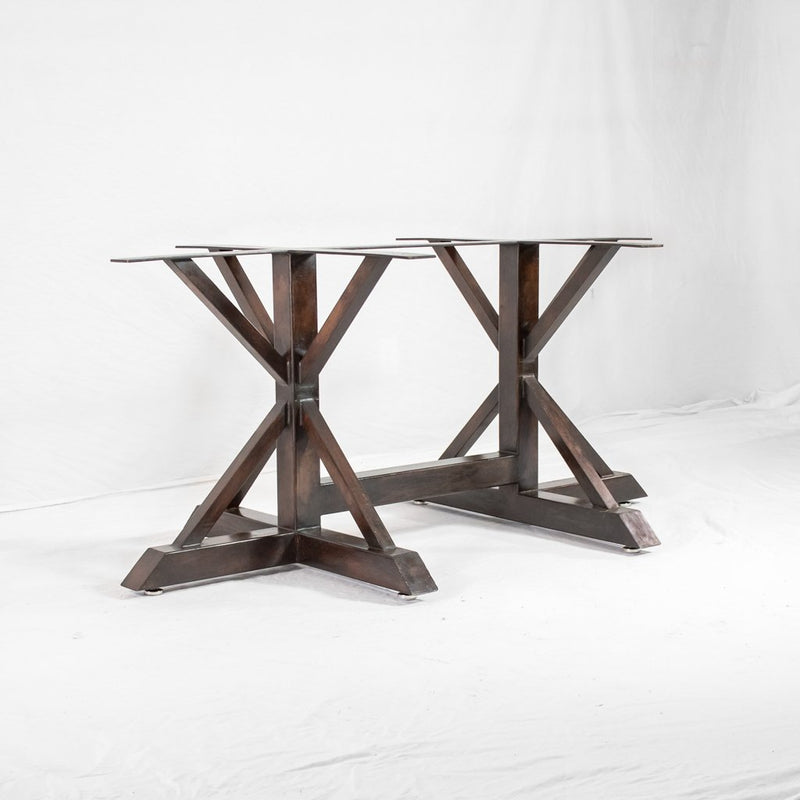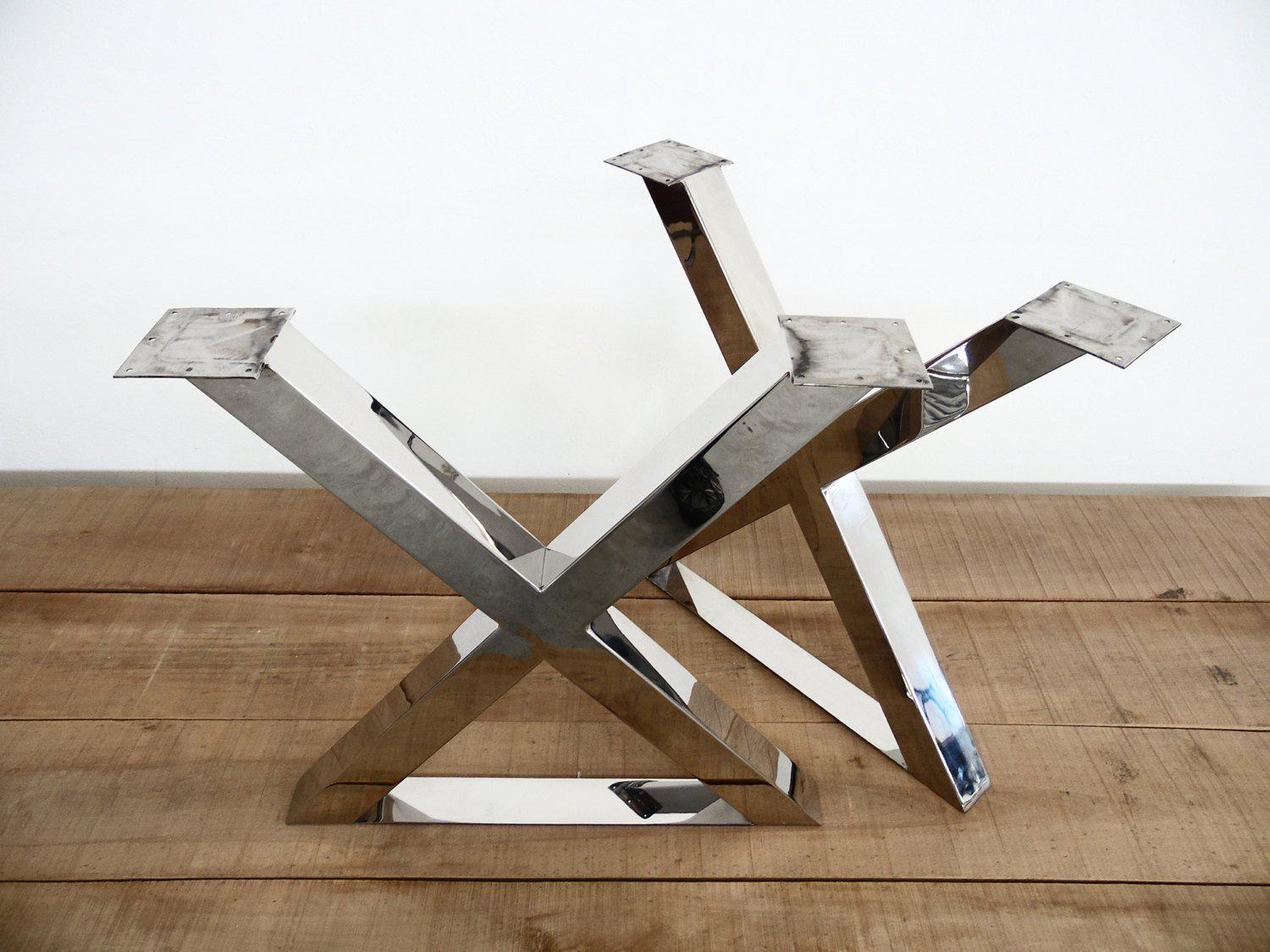Find the Ideal Dining Room Table Legs for Any Interior Design Style
Find the Ideal Dining Room Table Legs for Any Interior Design Style
Blog Article
Professional Tips for Putting Up Eating Room Table Legs for Optimum Stability
When it comes to mounting dining room table legs, achieving maximum stability is critical for both performance and appearances. What specific methods can enhance stability also better?
Pick the Right Legs
When selecting the suitable legs for your dining-room table, it is vital to think about both capability and appearances. The legs you pick will significantly influence the overall design and security of the table. Assess the table's intended usage; if you anticipate regular gatherings, sturdier legs, such as those made from solid timber or steel, may be extra ideal, as they use increased resilience and support.
Standard dining tables usually vary from 28 to 30 inches in elevation, so make sure the legs align with this standard for convenience. Tapered legs can add a modern touch, while turned legs might convey a more traditional visual.

Select Appropriate Equipment
How can the appropriate hardware boost the security and longevity of your dining-room table? The option of ideal equipment is essential to making sure that the legs of your table are firmly affixed and able to stand up to routine usage. High-quality screws, bolts, and braces offer the required strength to support the weight of the table, as well as any kind of additional tons positioned upon it throughout gatherings or meals.
When selecting screws, select those made from durable materials such as stainless-steel or brass, which stand up to deterioration and maintain honesty in time. The length of the screws is just as crucial; they need to penetrate deeply right into the table's framework without jeopardizing stability. For bolted connections, think about using lock washers to stop loosening up due to vibration or movement.
Furthermore, making use of edge braces can include additional assistance, especially for larger tables or those with larger tops. These brackets distribute weight equally and assist preserve the table's form. Ensuring that the equipment you choose is suitable for the particular materials of your table will certainly further boost its overall stability and long life, allowing you to appreciate your eating experience for many years ahead.
Ensure Proper Alignment
Proper alignment of dining area table legs is important for both visual allure and functional security. To attain optimal alignment, begin by measuring the range from the table's corners to the leg attachment factors.
Use a level during setup to verify that each leg is vertical to the tabletop. This step is vital, as even small inconsistencies can escalate right into substantial stability issues with time. It is a good idea to mark the preferred leg settings on the bottom of the table with a pencil or concealing tape prior to safeguarding them. This practice functions as a visual overview, enabling changes as needed.
In addition, confirm the positioning after the preliminary screws are tightened, as modifications may be essential prior to totally protecting the hardware. By prioritizing appropriate positioning, you not only improve the table's total style however get redirected here also ensure that it remains steady and useful for years to come.

Take Into Consideration Weight Circulation
After making certain proper placement of the dining-room table legs, it is essential to consider weight distribution to boost stability and functionality. dining room table legs. Proper weight circulation is critical in protecting against guaranteeing and tottering that the table can support its designated load without threat of tipping or falling down
When placing the legs, guarantee they are positioned at equal ranges from the center of the table to evenly disperse the weight across the framework. Take into consideration the weight of the table top and any type of things that will regularly hinge on it, such as tabletop home appliances or decorative items. Tables with heavier surface areas need to ideally have legs located closer to the edges, as this maximizes the base of support and lessens the threat of instability.
Furthermore, if the table is intended for usage in a high-traffic area, think about utilizing larger products for the legs or including stabilizing aspects, such as cross-bracing or a lower shelf - dining room table legs. These adjustments can assist keep equilibrium and stop changing during use. Inevitably, a well-considered weight distribution method will considerably boost the table's general efficiency, guaranteeing it continues to be a useful and appealing centerpiece for your eating area
Test Stability Prior To Usage
Checking the stability of the dining-room table before use is an essential step that must not be neglected. Guaranteeing that the table is safe and steady can avoid accidents and prolong the life-span of the furnishings. Begin by applying mild stress to numerous points on the table surface. Lower on the center and after that along the edges, moving or observing any type great post to read of wobbling. Determine the legs or joints that might call for modification. if the table shows instability.
Next, examine that all bolts and screws are tightened up appropriately. Loose connections can result in instability and prospective damage in time. If required, utilize wood glue on joints to boost stability, making sure to enable sufficient drying time.

Conclusion
Finally, the setup of dining-room table legs requires careful consideration of products, alignment, weight, and hardware circulation to achieve maximum security. By choosing high-grade bolts and durable legs, ensuring exact placement, and distributing weight evenly, the architectural integrity of the table can be substantially improved. Conducting a stability test prior to regular usage further guarantees that the table will endure day-to-day pressures, thus supplying a trusted and safe eating experience.
When it comes to installing dining room table Click This Link legs, attaining optimum security is extremely important for both capability and looks. The legs you select will substantially affect the general layout and stability of the table (dining room table legs). Typical dining tables typically range from 28 to 30 inches in height, so make certain the legs align with this standard for convenience.Correct placement of dining space table legs is necessary for both aesthetic charm and functional security.In verdict, the setup of dining room table legs calls for mindful consideration of products, positioning, equipment, and weight distribution to attain optimum security
Report this page